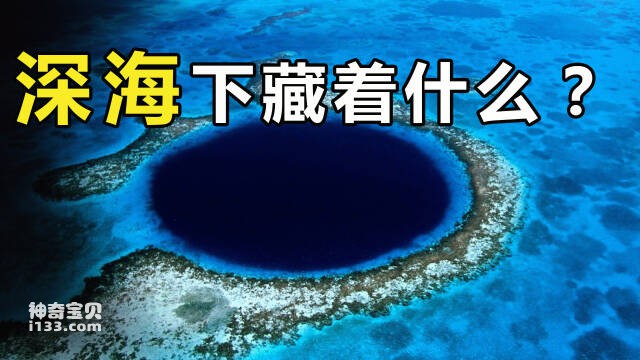As omnivores, black bears (Ursus americanus) mainly feed on plants, but they also prey on other animals. This article will reveal What animals do black bears eat, and explain their carnivorous behavior and its importance in nature.
1. Overview of Black Bear Diet
Black bears have a very broad diet. Although they mostly feed on plants (such as berries, nuts and grasses), they also prey on small Mammals, birds and fish. This flexible diet helps them adapt to a variety of ecological environments, including forests, mountains and wetlands.
2. What animals do black bears eat?
Black bears' carnivorous behavior usually includes the following types of animals:
1. Small mammals
Black bears will prey on a variety of small mammals, especially in Seasons when food is scarce or plant resources are limited. Common prey includes:
Squirrels: Black bears will prey on the ground A squirrel or a squirrel nest in a tree.
Rabbits: Wild and domestic rabbits are also targets of black bears, especially when they are within easy reach.
Mice and Voles: Small rodents are common prey for black bears and can be easily found in forests or fields.
2. Birds and Bird Eggs
Black bears will prey on ground-nesting birds and bird eggs, especially in the spring or early summer. Bird eggs or chicks are vulnerable to attack.
Ground birds: such as pheasants, partridges, etc. The dens of these species are often targeted by black bears in search of food.
Bird eggs: Bird eggs are rich in protein and are an important food source for black bears in the spring.
Salmon: Black bears prey on these fish in large quantities during the salmon run, which is how they store fat. Important opportunities.
Ants and Termites: Black bears enjoy digging up ant nests, which are a high-protein food source for them.
Beehives: They also destroy beehives and eat bees and bee pupae.
Deer, elk and other large animal carcasses: Black bears will often eat large animal carcasses if they find them.
Acute sense of smell: Black bears have an excellent sense of smell and can smell prey or food from several kilometers away.
Speed and Power: Despite their large size, black bears are able to run at incredible speeds over short distances and catch small mammals such as rabbits.
Opportunistic Hunting: Black bears generally do not bother chasing prey, preferring to catch animals that are easily accessible or take advantage of seasonal opportunities (such as salmon runs) to obtain food.
Control the number of small mammals: By preying on small mammals such as squirrels and voles, black bears help control the number of these animals and prevent them from over-breeding and affecting vegetation.
Cleaning up carrion: Black bears' behavior of eating carrion helps to clean up animal carcasses in the ecological environment and reduce the spread of diseases.
Spring: After hibernation, black bears need a lot of high-protein food to replenish energy, and insects, bird eggs and small mammals become important sources of protein.
Autumn: In preparation for hibernation, black bears seek out high-fat foods, with fish and large animal carcasses being their preferred targets.
3. Fish
In some areas, especially near rivers or lakes, black bears will prey on fish, especially seasonal migratory fish .
4. Insects and larvae
Black bears also eat a variety of insects, especially during warmer months when insects are plentiful. They often break down decaying wood, turn over rocks or soil in search of insects and larvae.
5. Carrion
Black bears are opportunists and will sometimes eat dead animal carcasses, especially when resources are scarce. Carrion provides a good amount of calories and protein, though not as nutritious as fresh prey.
3. Black bear hunting strategies
Although black bears hunt less frequently, they are effective hunters, especially when food is scarce or when they need to increase calories quickly. Black bears' great strength and keen sense of smell help them find and capture prey.
4. Impact of Black Bears' Carnivorous Behavior on Ecosystems
Black bears play an important role in ecosystems, especially through predation and scavenging, they help maintain the balance of the food chain.
V. Black bears' seasonal carnivorous habits
Black bears' food needs change with the seasons. Spring and autumn are their peak seasons for preying on animals:
Conclusion
Although black bears mainly feed on plants, their carnivorous behavior is an important part of their survival and adaptation to the ecological environment. By preying on small mammals, birds, fish, and insects, black bears are able to maintain their survival when food resources are scarce. As omnivores, black bears' dietary flexibility gives them a huge advantage in adapting to different environments.









